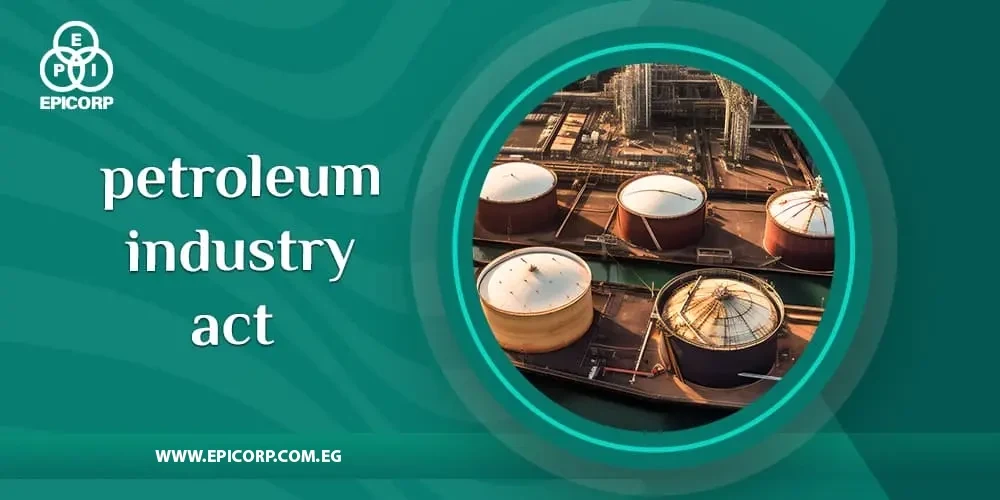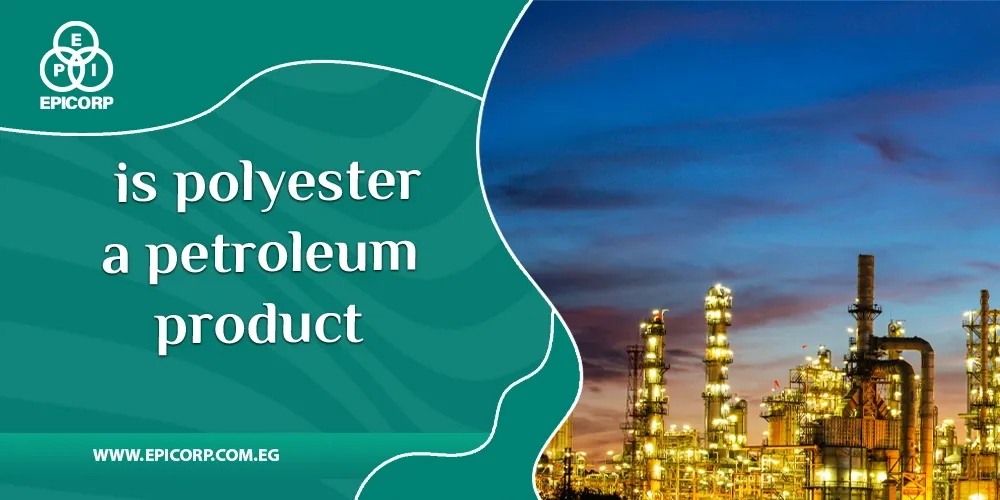pigging oil and gas industry refers to the procedure of cleaning, inspecting, or maintaining pipes with the use of specialised equipment known as “pigs”. These pigs, typically cylindrical or spherical in shape, are propelled through pipelines by the flow of oil, gas, or other fluids. pigging oil and gas plays a crucial role in ensuring the integrity, efficiency, and safety of pipeline systems used for transporting crude oil, natural gas, refined products, and various petrochemicals.
This process helps remove debris, scale, wax buildup, and other contaminants from the pipeline interior, thereby reducing friction, improving flow rates, and preventing corrosion. Additionally, pigging facilitates inspection and monitoring of pipeline integrity, allowing operators to detect defects, leaks, or structural issues early on and implement necessary maintenance or repairs.
Table of Contents
ToggleWhat is the purpose of pigging?
The purpose of pigging oil and gas industry serves several key functions:
- Cleaning: pigging oil and gas are used to remove debris, scale, wax buildup, and other contaminants from the interior walls of pipelines, ensuring smooth and efficient flow of oil, gas, or other fluids.
- Inspection: pigging oil and gas allows for the inspection and monitoring of pipeline integrity, helping operators detect defects, corrosion, leaks, or structural issues early on, thus preventing potential accidents or failures.
- Maintenance: Pigs can be equipped with tools and sensors to perform maintenance tasks such as scraping, gauging, brushing, or coating the pipeline interior, extending the lifespan of the infrastructure and minimizing downtime.
- Product separation: In multi-product pipelines, pigs can be used to separate different products, preventing contamination and ensuring the quality and purity of each product being transported.
- Pipeline commissioning and decommissioning: Pigs are utilized during the commissioning phase of new pipelines to clean and prepare them for operation, as well as during decommissioning to remove residual product and prepare the pipeline for abandonment or repurposing.
Read also: Petroleum Industry Definition.
What is pigging in a pipeline?
pigging oil and gas refers to the process of using specialized devices called “pigs” to perform various operations inside the pipeline. These pigs are typically cylindrical or spherical in shape and are propelled through the pipeline by the flow of oil, gas, or other fluids.
Pigging serves several purposes, including cleaning, inspection, maintenance, product separation, and pipeline commissioning/decommissioning. By deploying pigs into the pipeline, operators can remove debris, scale, wax buildup, and other contaminants; inspect the pipeline for defects, corrosion, or leaks; perform maintenance tasks.
Such as scraping, gauging, or coating; separate different products in multi-product pipelines; and prepare pipelines for operation or abandonment. pigging oil and gas plays a crucial role in ensuring the integrity, efficiency, and safety of pipeline systems used for transporting oil, gas, and various other fluids in the oil and gas industry.
Get to know: What Is Petroleum Energy
What is pig launcher in oil and gas?
A pig launcher, also known as a pig trap or pig receiver, is a specialized equipment used in the oil and gas industry to launch and receive pigs into and out of pipelines. It serves as an entry and exit point for pigs during pigging operations.
The pig launcher typically consists of a launching barrel, which is a section of the pipeline equipped with valves, fittings, and pressure control devices to facilitate the insertion of the pig into the pipeline. The launcher is connected to the main pipeline and operates under high pressure.
During pigging operations, the launcher is pressurized to match the pressure inside the pipeline. The pig is loaded into the launcher and pushed into the pipeline by the flow of fluid, typically oil or gas. Once the pig is launched into the pipeline, it travels through the pipeline to perform its designated function, such as cleaning, inspection, or maintenance.
Here’s: Solid Waste Management In Petroleum Refineries.
How many types of pigging oil and gas are there?
There are primarily two types of pigging oil and gas industry:
1-In-Line pigging (ILI – Inline Inspection):
In this type of pigging oil and gas, pigs are inserted into the pipeline while the pipeline is in operation. To inspect the pipeline for defects, corrosion, cracks, and other anomalies. In-line pigging is typically used for pipeline integrity assessment, routine inspection, and monitoring purposes.
2-Batch pigging:
In batch pigging, pigs are used to perform specific tasks such as cleaning, maintenance, or product separation. These pigs are inserted into the pipeline during planned shutdowns or maintenance intervals.
Batch pigging is commonly used for cleaning pipelines of debris, scale, wax buildup, and other contaminants, as well as for maintenance tasks like scraping, gauging, or coating the pipeline interior.
Read also: Petroleum Refinery In Modern Times.
What materials are used in pigging?
Materials used in pigging oil and gas industry are carefully chosen to ensure effectiveness, durability, and compatibility with pipeline systems. Common materials include:
- Pig Bodies: Typically made from materials like polyurethane, rubber, or foam, pig bodies provide flexibility and durability to navigate through pipelines while effectively cleaning, inspecting, or separating products.
- Seals and O-rings: Made from rubber, silicone, or synthetic elastomers, seals and O-rings ensure a tight fit between the pig and the pipeline walls, preventing leakage and maintaining pressure integrity.
- Brushes and Scrapers: These components, often made from polyurethane, nylon, or metal alloys, are attached to pig bodies to remove debris, scale, wax, and other contaminants from the pipeline interior.
- Pigging Discs: Used for product separation in multi-product pipelines, pigging discs are made from materials like neoprene, rubber, or polyurethane to create a reliable seal between different product batches.
- Instrumentation and Sensors: Embedded in smart pigs for in-line inspection, instruments and sensors are encased in stainless steel or corrosion-resistant alloys to withstand harsh pipeline conditions and provide accurate measurement.
Read also: Oil Refinery Waste Products.
Conclusion
In conclusion, pigging oil and gas stands as a vital aspect of the oil and gas industry and plays a crucial role in maintaining the integrity, efficiency, and safety of pipeline infrastructure. According to EPICORP Through the use of specialized pigs, operators can effectively clean, inspect, and maintain pipelines, ensuring optimal performance and longevity.
pigging oil and gas helps to mitigate risks associated with debris buildup, corrosion, and structural defects, thereby minimizing the potential for leaks, spills, and environmental harm. As the industry continues to evolve, advancements in pigging technology promise.
To further enhance pipeline integrity, streamline operations, and support sustainable practices. With its proven track record and ongoing innovation, pigging remains an indispensable tool for maximizing the reliability and efficiency of oil and gas transportation networks.
FAQ
What are pigging services?
Pigging services are a suite of specialized operations conducted in the oil and gas industry to maintain and optimize the performance of pipeline systems. These services involve the use of pigs—devices designed to perform various functions inside pipelines. Key pigging services include cleaning, inspection, maintenance, product separation, and pipeline commissioning/decommissioning.



